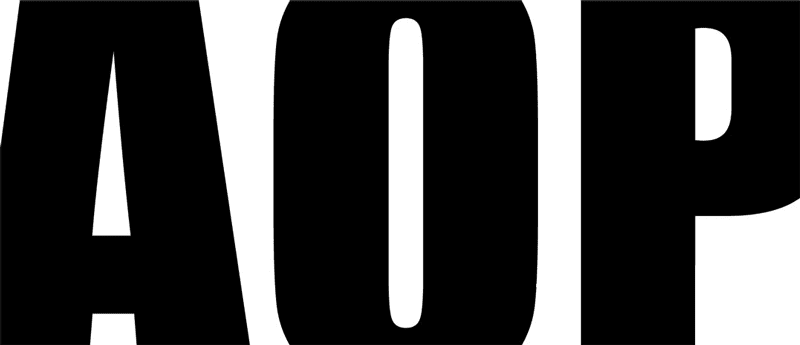In 2015, I was deliberating about launching a Kickstarter campaign to finance the printing of my book, An Equal Difference. At the time, Kickstarter struck me as something akin to begging for money to make something you could not afford to make. And Patreon? Well, Patreon seemed like its much weirder, more esoteric sister. But that was then.

I launched my Kickstarter in February 2016. I gritted my teeth, reframed my thinking and got on with what was a thirty-day marathon. To say running the Kickstarter campaign was hard work is an understatement. I busted my nut every single day for the duration of the 30-day campaign, sending out emails, publishing on blogs, social media, and informing my community. It was some of the most intense work I have ever done, but it was well worth it.
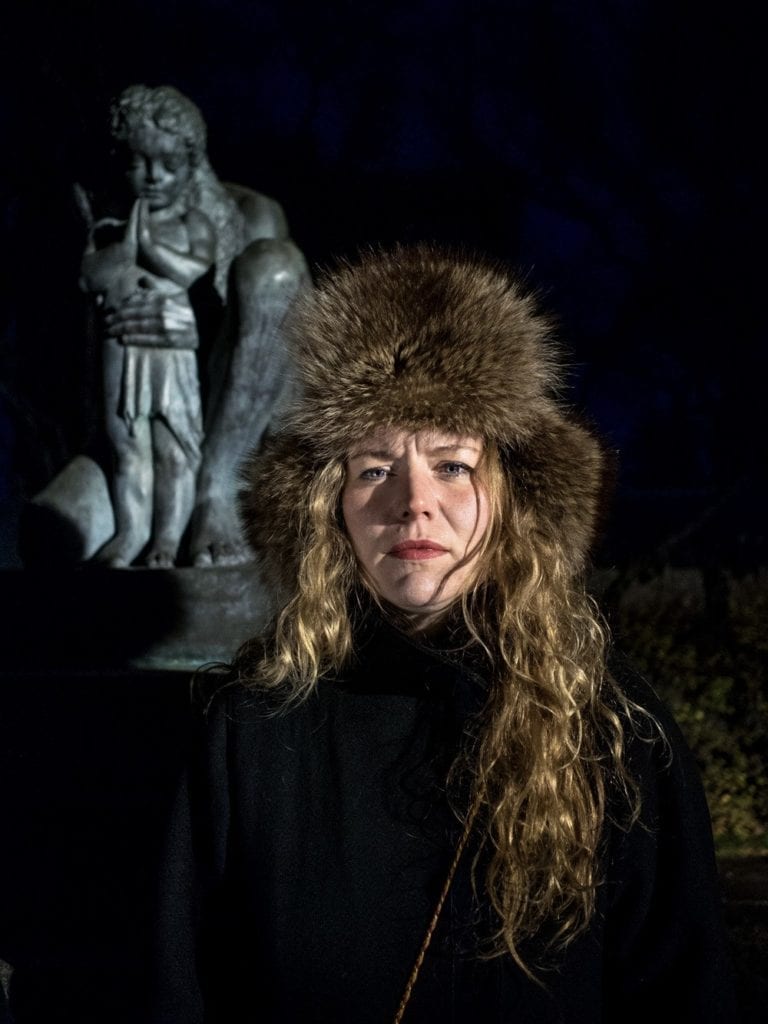
The project was successfully funded beyond my goal of £15k. I self-published and delivered An Equal Difference in 2016 to my 300 plus backers. The book is a carefully-considered inquiry into Iceland’s response to the 2008 Financial Crisis that evolves into a larger narrative about Icelandic society’s approach to the modern questions of feminism, gender equality, and gender identity. It continues to sell on my website today, netting me 100% of the cover cost minus the shipping and storage costs.

My attitude towards crowdfunding shifted from snobby, fearful, sceptic to an empowered publisher and published author. Although I must say at the time, I was still somewhat embarrassed that I had self-published and didn’t feel like a ‘real author’. Nothing sums this feeling up more succinctly than what artist, singer, songwriter and author Amanda Palmer wrote in her book The Art of Asking: “When you’re an artist, nobody ever tells you or hits you with the magic wand of legitimacy. You have to hit your own head with your own handmade wand. And you feel stupid doing it.”
Back in 2009, I had photographed Amanda for an interview and not seen her since. As fate would have it, one evening in 2017, I ran into her on a sidewalk in Paris. Coincidently, I had recently finished listening to the Art of Asking narrated by her on Audible. Maybe I conjured her? I don’t know, nor do I like to look life’s magic gift horse in the mouth.

Amanda and I had a brief conversation in a toy store while her son Ash examined some figurines. Then she walked into my Yoga class the next morning, so we decided to go to lunch afterwards. As we sat in a Parisian cafe, she explained how Patreon had transformed her ability to make art post Kickstarter (which infamously raised over $1 million) and how she had encouraged the writer Laurie Penny to start a Patreon too.
The success Laurie cultivated on the platform had eventually helped her to unhook herself from the teet of traditional commercially directed journalism and continue to spread her wings as a writer. Both women had managed to build self-sufficient, independent incomes on the platform. But as I bit into my quiche and sipped my wine, I still couldn’t imagine how I would fit into Patreon. It felt confusing, kitsch and cultish the way a Pyramid Tupperware selling scheme does. Patreon sounded to me like begging also but doing it for an indefinite period. I winced inwardly.
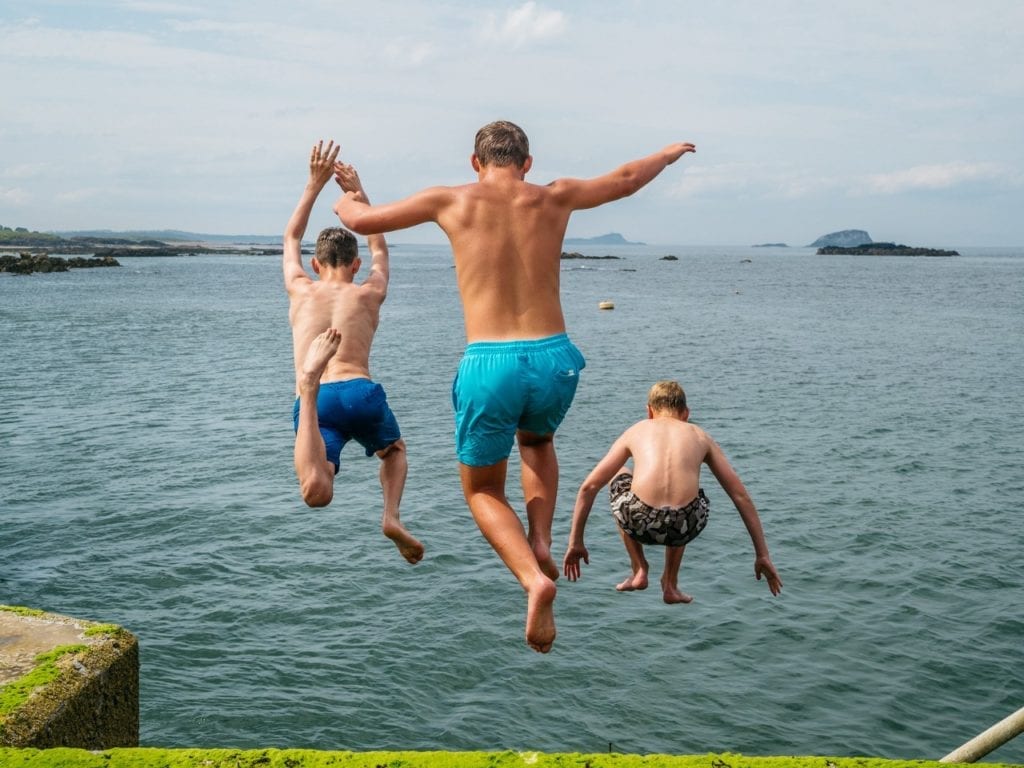
Finally, in 2019 after much deliberation, I began a Patreon to coincide with the launch of a documentary video Sean Tucker made about my street portraiture. Sean is a photographer and filmmaker and has a substantial following on YouTube and Instagram. Sean captured the footage during my summer 2019 road trip around Scotland to create images of local people and collect stories. He spoke with me about approaching strangers to make their portraits, and I shared my process, doubts, reason, and fears candidly. We agreed that if ever there was a time to launch a Patreon, it should coincide with the video’s release.
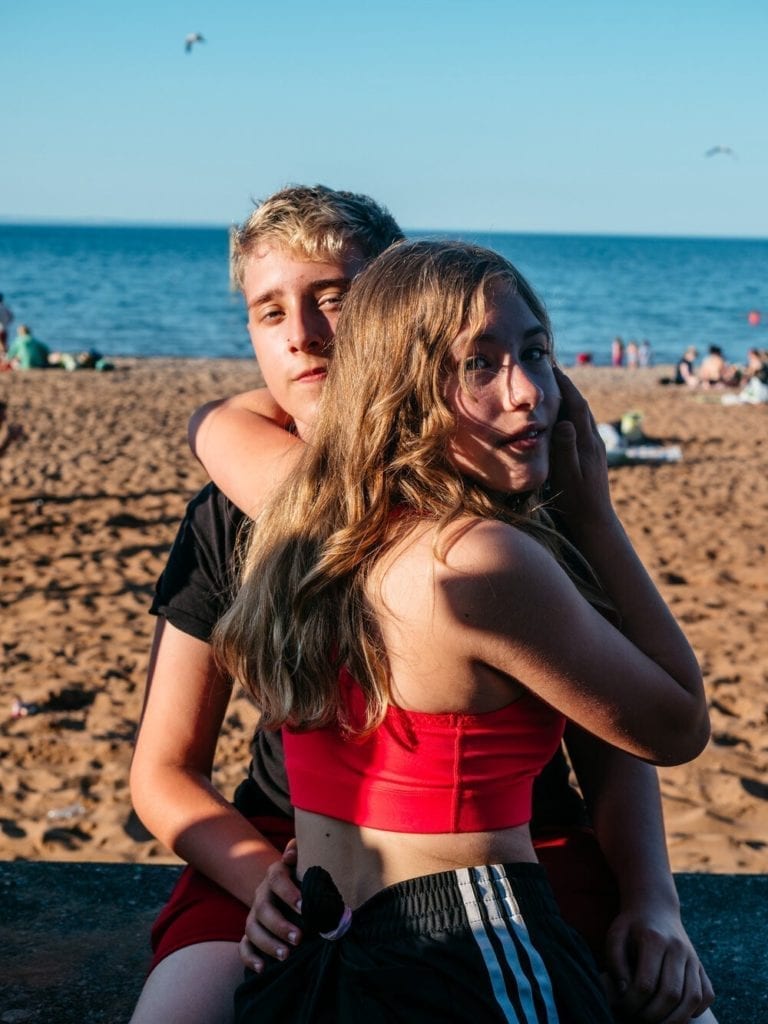
Galvanised by the cut I’d seen, I sat down at last and rewrote the Patreon introduction page I had half-heartedly begun in 2017 after that Paris cafe meeting. It was painful reading what I’d written. It was very much tinged with the shame of a “beggar’s” mentality. So I scrapped the lot and started fresh from the heart.
My Kickstarter experience was beneficial when thinking about the different Patreon subscription memberships I could offer and deliver. For example, a lot of people provide postcards when they crowdfund. I had done that with my Kickstarter, which turned out to be the most effort for the least reward. So I don’t offer any postcards on Patreon. I do offer discounts on hardbacks and free copies of my ebook. Mainly I offer insight into my process as a photographer.
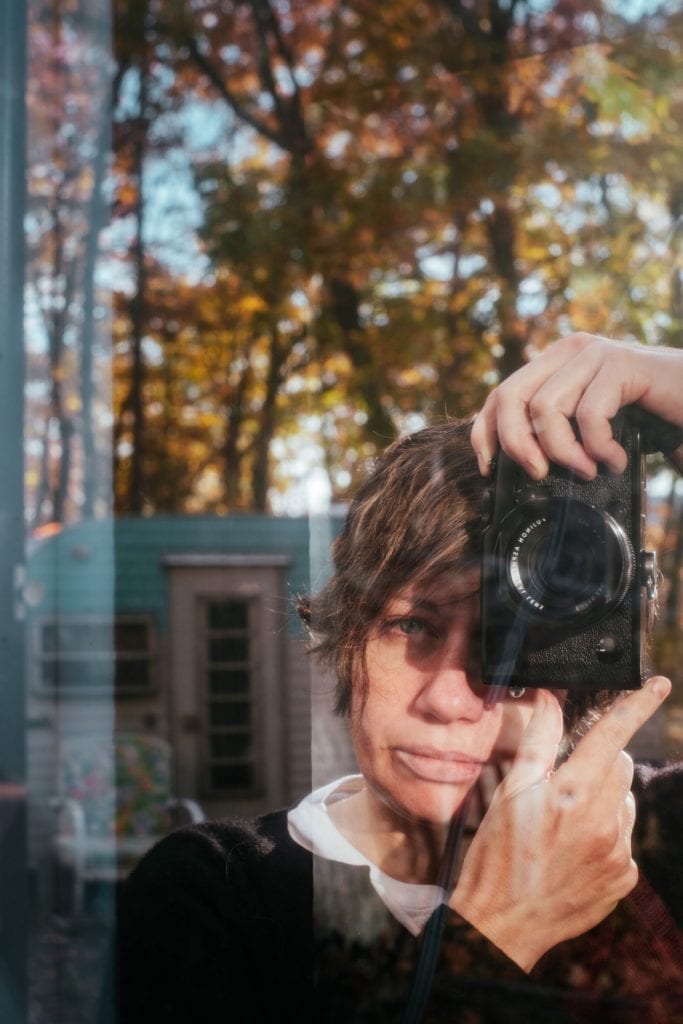
Sean’s video exposed my work to a large audience and in favourable light too. I was suddenly flooded with hundreds of messages a week, many of which were from people struggling with anxiety or fears and saying that the video had helped them. One person said the way I talked about my process alone made him feel less anxious. They all were shy to photograph people. This was hugely encouraging and gave me the confidence to share my process on Patreon more openly with a growing number of patrons. Most people still do not understand that I, too, am shy. I have just worked gently (and diligently) at overcoming it.
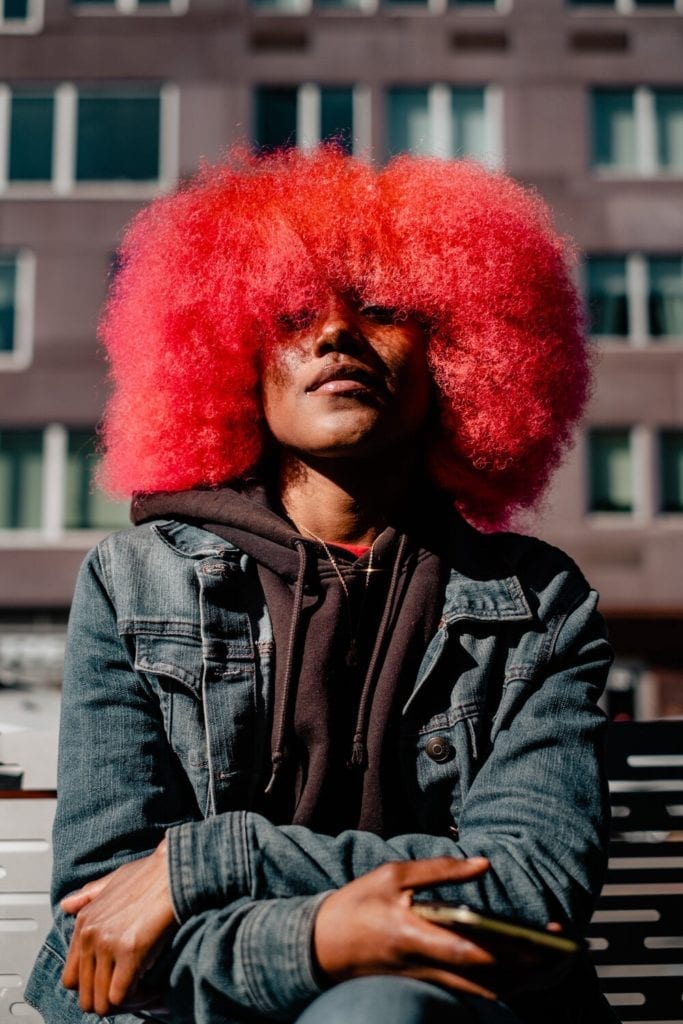
In addition to sharing my process, I knew I eventually wanted to teach and mentor others, share extended versions of stories I write for my Instagram account (Instagram text is capped at 2200 characters) and get behind the scenes of how I learn and create. I wanted to show the unseen work I struggle through to get the results I do, share the tools I use to make images (settings, cameras, software the lot) — the ‘how’, yes, but focusing on the ‘why’ — as well as the tools I use to get my work out into the world.

This way of using Patreon suits me because I already have a substantial amount of experience teaching privately, one-on-one, and in classrooms. I’ve taught video post-production for Apple, the BBC, Warner Brothers, and photography and video at the International Center of Photography(ICP) in New York. The majority of the research and development for An Equal Difference was financed by teaching at Met Film School and later at the photography and film schools (Ljósmyndaskólinn and Kvikmyndaskóli Íslands, respectively) in Reykjavik. I am as passionate about teaching as I am about photography.
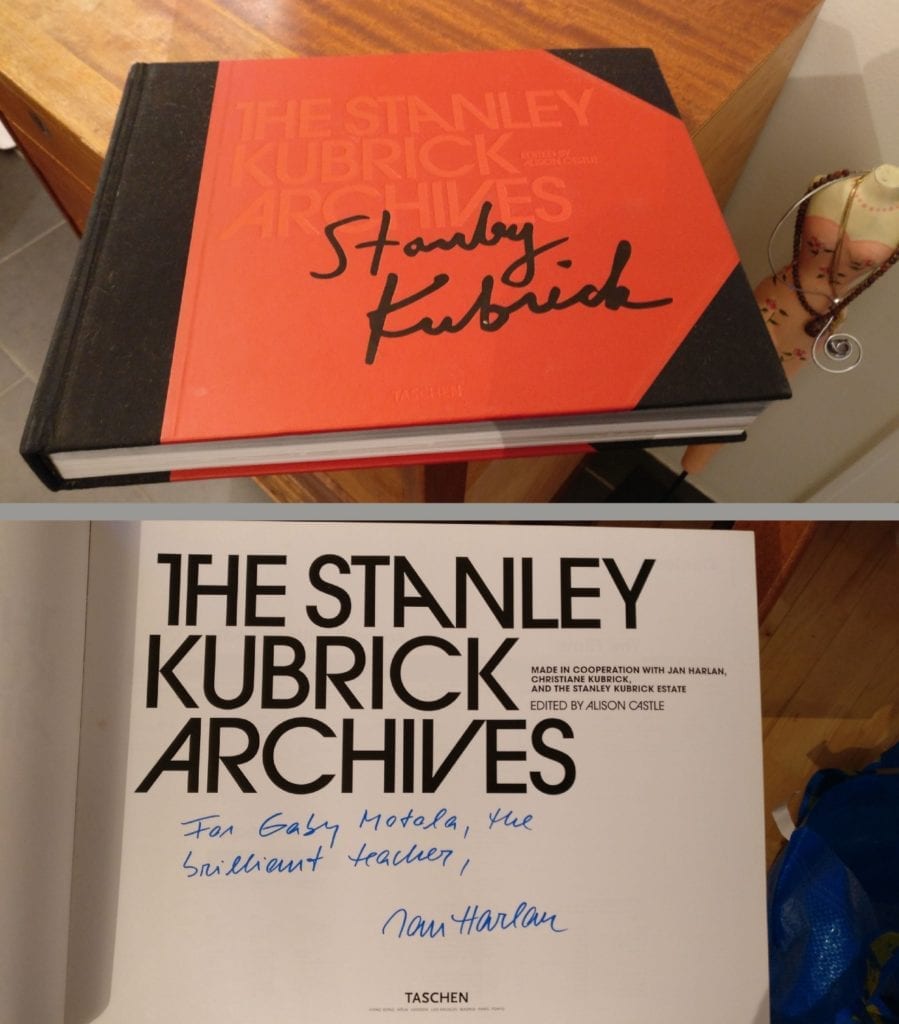
Patreon is not begging at all. Patreon is as rewarding, personal, and as approachable as you want to make it. It’s important to understand that while Patreon is for anyone, it is not for everyone. I feel one must operate a Patreon without feeling obligated, dragged down, or like a fraud. The success of it rests on your ability to deliver consistently and naturally according to what you are comfortable making and sharing. This depends on the kind of creator you are, the kind of work you want to make, and the kind of engagement you want to have and build with your community.
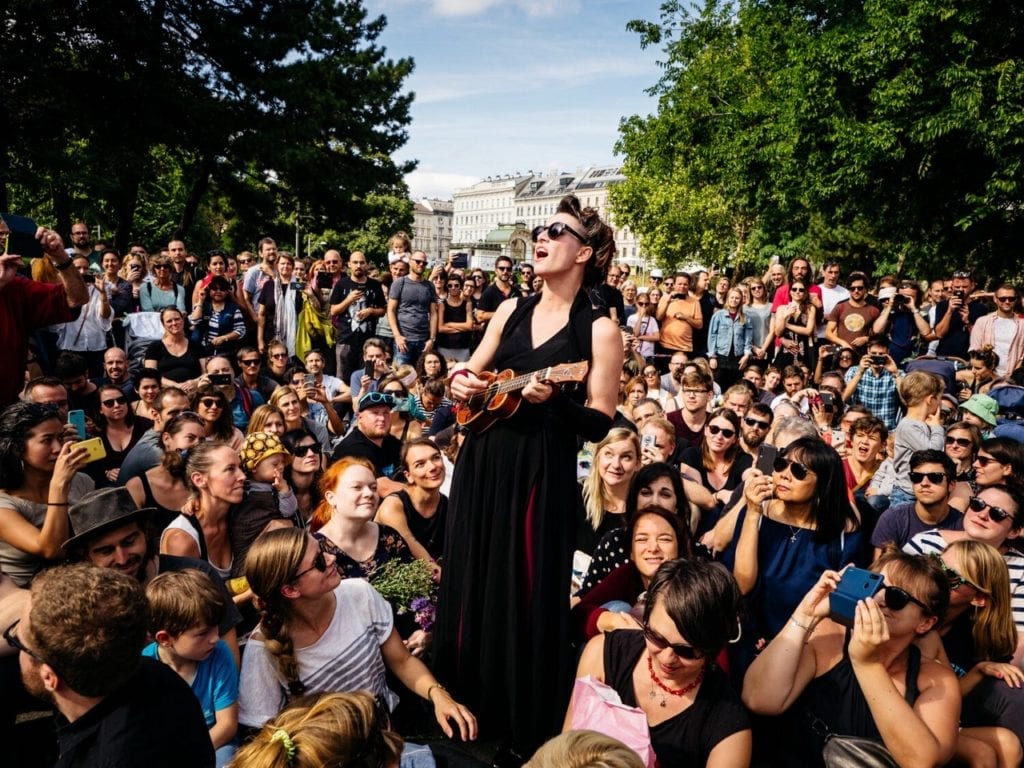
The words ‘followers’ or ‘audience’ are banded about, but there is far more interaction possible with a community. Thus I think of and treat my patrons as my community. The interaction we have on the posts I share, and on the Discord server I operate through Patreon is highly rewarding. It’s even become an important aspect of my process.
While Patreon is not yet turning over enough income to fully sustain my practice, it is consistent, and that alone makes a significant difference to my work and life. It feels like I am on a healthy, creative road. How long it is, I do not know. I’m not thinking too far ahead or allowing myself to become solely reliant on Patreon for my income. I still take on commissions, lecture and teach privately, but obviously, with COVID-19, those opportunities have decreased. For now. Thank goodness for Patreon and for the patrons who support me there.
Having a consistent freelance income as an artist is essential to healthy growth, mental health and development not just as an artist but as a human, full stop. And unfortunately, it is rare. But does it have to be?
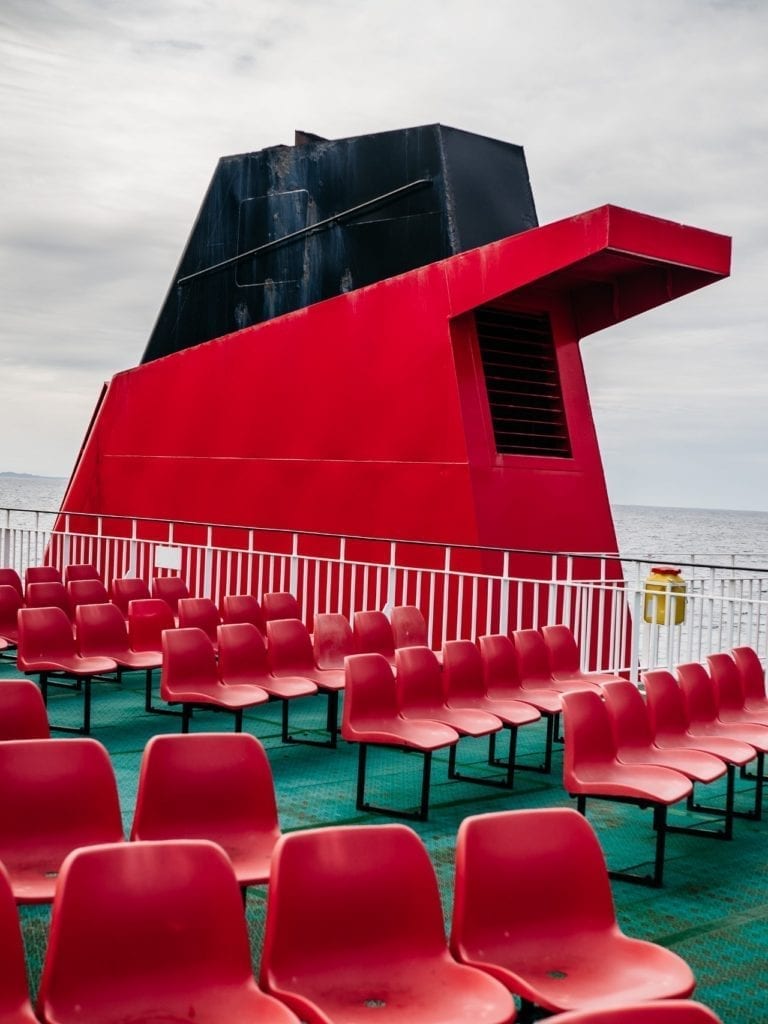
If you want to explore or join my Patreon, you can have a look at what I offer here: www.patreon.com/gmotophotos
If you want to have a conversation, you can reach me by telephone at 07855000373 or email patreon@gabriellemotola.com
Other Links:
Sean Tucker’s Film: Taking Portrait’s of Strangers
An Equal Difference: www.anequaldifference.com
The Kickstarter: https://www.kickstarter.com/projects/gmotophotos/an-equal-difference-intellect-and-gender-equality
